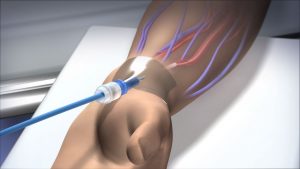Liver is the principal organ of urea biosynthesis. In the ornithine cycle, ammonia, formed by deamination in cells and tissues, combines with carbon dioxide to form carbamyl phosphate. This compound is subjected to a cyclic chemical reactions as provided in the figure. Three molecules of ATP are spent to convert the toxic ammonia into a molecule of urea. Nephron Nephron is the structural and functional unit of the kidney. There are about a million nephrons In general, the kidney performs the following vital functions in the body : 1. Excretion of waste products resulting from protein metabolism. 2. Regulation of acid-base balance by excretion of H+ ions (acidification) and bicarbonate ions. 3. Regulation of salt-water balance by hormones secreted both intra-and extra-renally. 4. Formation of renin and erythropoietin and thereby playing a role in the regulation of blood pressure and erythropoises respectively. Ureotelism Ureotelism is an adaptation for a semi-terrestrial habitat. Urea requires only a small quantity of water to form urine and never involves much water loss; Further, urea is much less toxic than ammonia and it can be retained in blood for sometime before it is transported and eliminated through the excretory organs. Though the concentration of urea in the blood is small, it can be stored safely in the bladder in high concentration. Thus ureotelism is conditioned by the shortage of water, characteristic of the terrestrial habitat. www.edufine.net
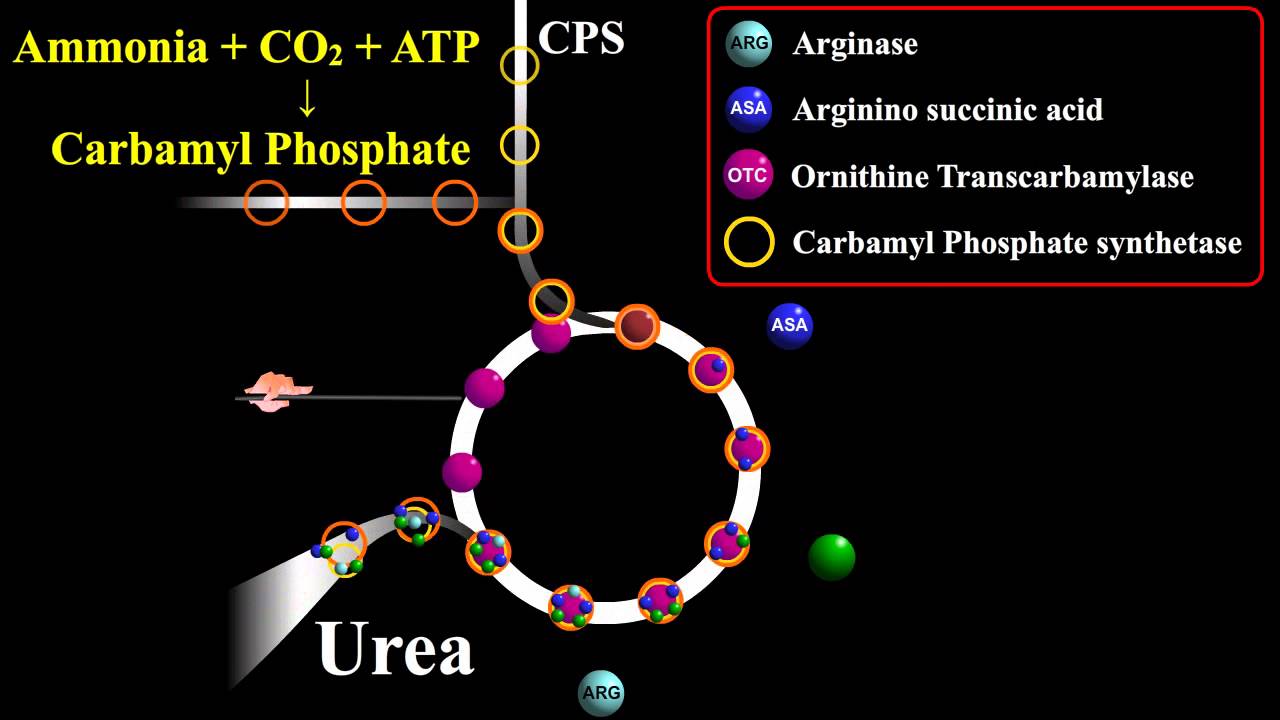
Urea Biosynthesis or Ornithine Cycle
- Post author:
- Post published:May 29, 2021
- Post category:Uncategorized
- Post comments:0 Comments
You Might Also Like

Protein Powders for Weight Loss!

Here Are The Most Common Causes of Iron Deficiency Anemia in Athletes

How To Do Preacher Curls Properly
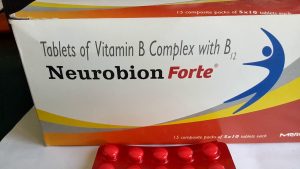
Neurobion Forte Tablet – Uses, Side-effects, Reviews, and Precautions
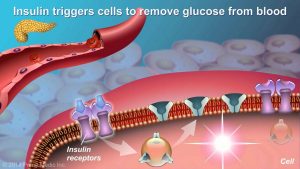
Understanding Type 2 Diabetes

Put Onion in your socks And This will Happen
Lower Body Exercise

WiLD Soul Flow :: Primal Squat + Kneeling Arms & Low Lunge Sequence

How Much Protein Should You Consume Post-Workout?
Anabolic Steroids – History, Definition, Use & Abuse

ओमेगा 3 क्या होता है और कैसे इस्तेमाल करे | Omega 3 Fish oil Benefits | In 2019 | In Hindi

Massage Spa Video – 1

Should We Take a Multivitamins? | Guru Mann | Health and Fitness HD

Spa Resort Video – 1
Brain Damage
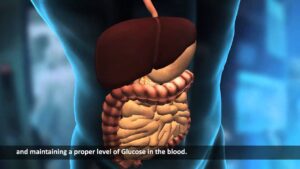
Human Body Video – 3

(CC) How to Pronounce alprazolam (Xanax) Backbuilding Pharmacology

Creatine Effects Everything You Should Know | Creatine Before After

What Colour is Water?

Hunter Labrada’s Middle & Rear Delt Workout

Erythrocyte Sedimentation Rate (ESR)

Community Psychiatry Video – 2

Dumbell front raise for SHOULDERS! (Hindi / Punjabi)

Should we take multivitamin supplements?
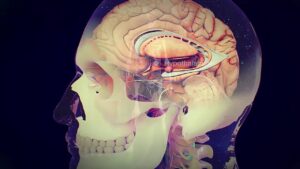
The Endocrine System and Hormones | Merck Manual Consumer Version

Emergency Psychiatry Video – 3

clomid or clomiphene

Upright Row-9

What happens during a heart attack? – Krishna Sudhir

Pediatric Surgery Video – 3

BCAA Supplement vs Protein Supplement – Know Your Supps – BPI Sports

What Is The Definition Of Hypertension – Medical Dictionary Free Online Terms

HGH, Growth Hormones & Plant Hormones Video – 31

Carrier Oils Video – 4

TRX close grip press w/triceps extension
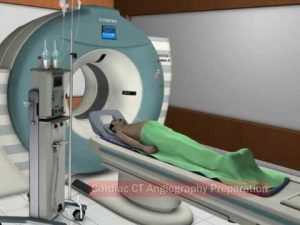
Coronary CT Angiography in 128 slice CT scanner
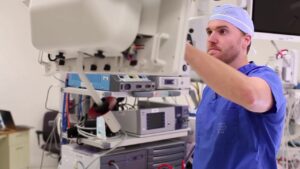
Urology Video – 2

How To: Preacher Dumbbell Curl (Bicep)
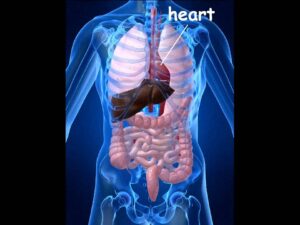
INTERNAL ORGANS

Obstrics Surgeries Video – 3

Antioxidants
